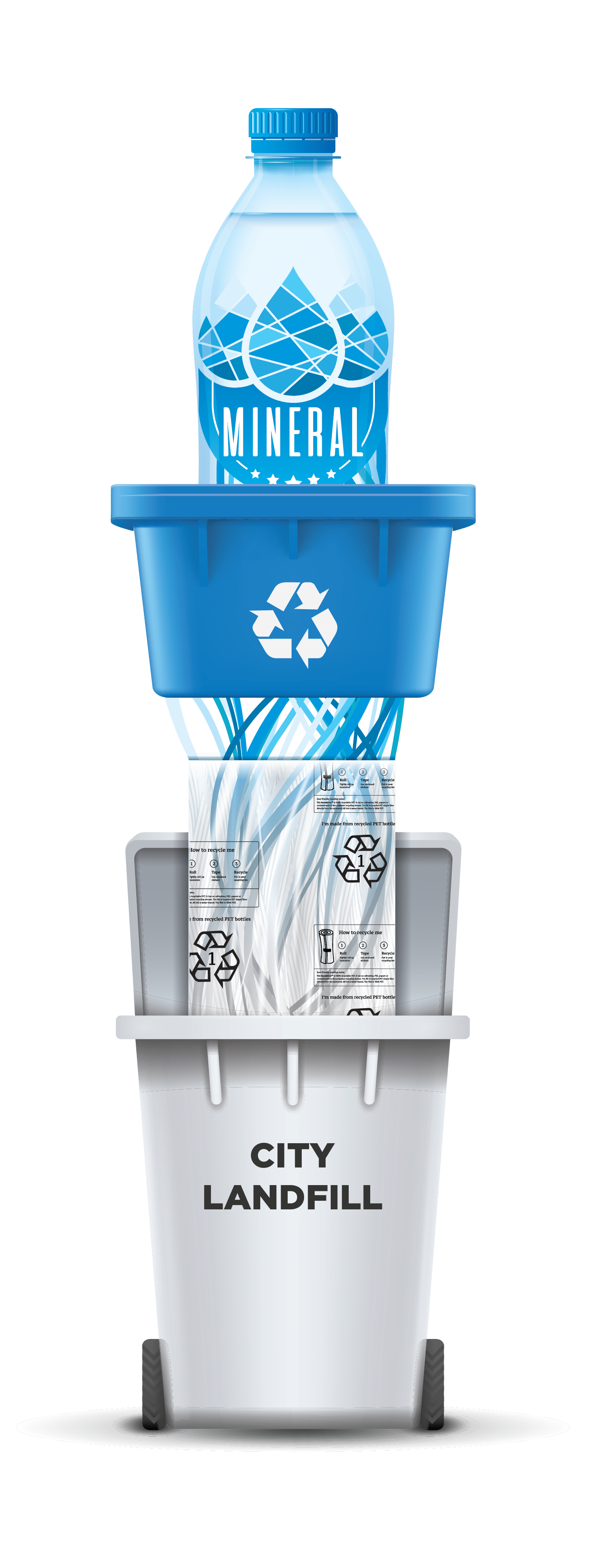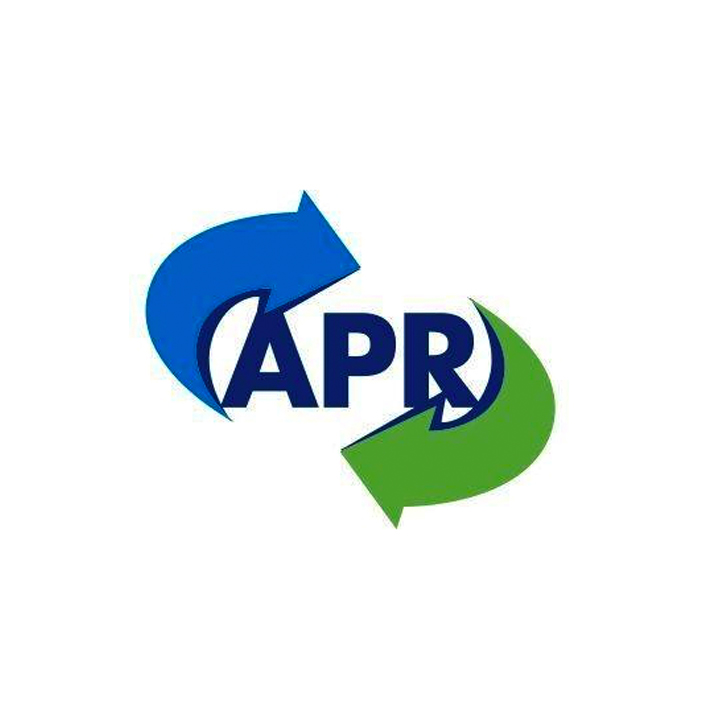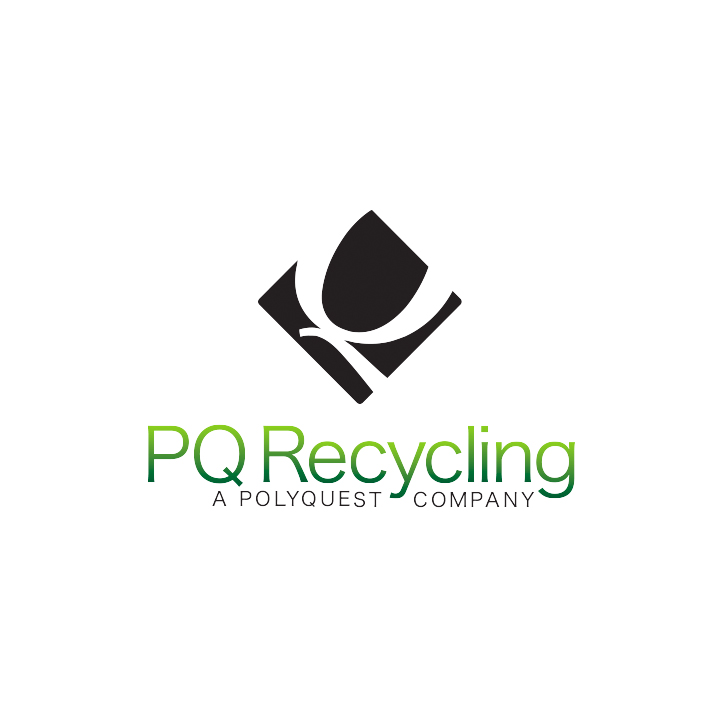Recycled Polyethylene Terephthalate
When evaluating your packaging materials, it's important to know the difference between 'recycled' and 'recyclable'.
PET is a #1 plastic most commonly associated with water bottles. We throw them into our recycling bins and they get made into new products, one of which is called rPET liners which are used for protective and thermal packaging. These liners offer similar thermal protection to its natural fiber counterparts, like cotton, and are typically less expensive. Once rPET liners have been converted into insulation, they are no longer curbside recyclable and can damage recycling processes.
Recycled PET liners are printed using the chasing arrows logo, which is widely misunderstood to simply mean “put with your recycling” (it’s actually a plastics industry standard for denoting a material's specific resin compound).
rPET Box Liners Lifecycle
Recycled PET liners are made of polyethylene terephthalate, a material that is also what makes up your common single-use water bottle.
Step 1: Bottle Molding
At the start of its life cycle, a PET bottle gets molded into a common object like a single-use water bottle.
Step 2: Recycling
In the best case scenario, the bottle is responsibly recycled. But only 9% of all plastic produced has ever been recycled.
Step 3: Fiber Shredding
If the bottle is deemed lower grade PET, it can be ground down into a fiber and matted into sheets of insulation.

Step 4: Shipment
The recycled PET liner can now be used one time as insulation in a temperature-sensitive shipment.
Step 5: Mis-Sorted
Because of its markings, these PET liners might get recycled, but will not sort properly at the Materials Recycling Facilities (MRFs) and will end up in the unusable trash pile.
Step 6: Leaching
Once the MRF has discarded it, the PET liner will either end up in a landfill or even worse, our environment where, over time it will degrade and leach harmful chemicals into the Earth.

Dave C., Technical Consultant, APR
“MRF (Materials Recovery Facility) operators would look at the batting as a textile and not want it... MRF operators do not handle textiles.”

George S., COO, PQ Recycling
“I’m not certain this type of material is suitable for commercial collection and recycling. MRF equipment is generally designed to handle recycling containers.”

Kara P., Communications Director, APR
“Typically, curbside programs do not accept this type of material.”
Need more evidence?
We had a third party lab look into the material to see if it actually could be reused if recycled alongside PET bottles. Needless to say, the outcome was bad.
Recycled, Not Recyclable.
The truth is just about anything can be “recycled”. Even styrofoam can be recycled by a small number of facilities that specialize in it. But there’s a difference between can be and will be recycled. In fact, the FTC’s Green Guides specifically states “an item that is made from recyclable material, but, because of its shape, size, or some other attribute, is not accepted in recycling programs, should not be marketed as recyclable.” The PET- based Renewliner is a perfect example of a product that touts recyclability yet fails to meet the benchmarks set by the companies that perform recycling operations every day.
If you’d like to talk to us about using truly curbside recyclable insulated box liners, click the link below and give us a shout.




